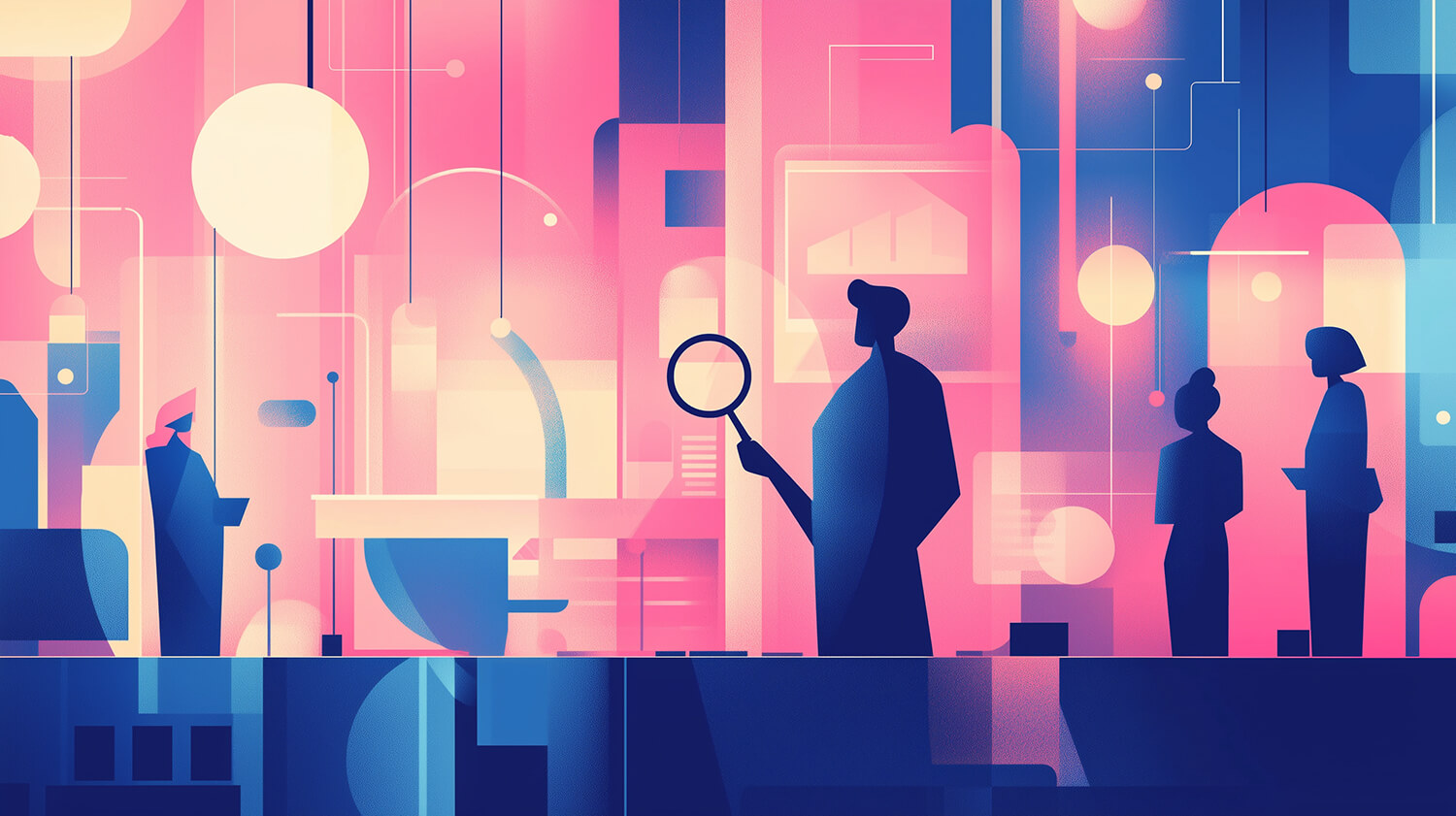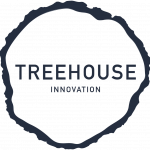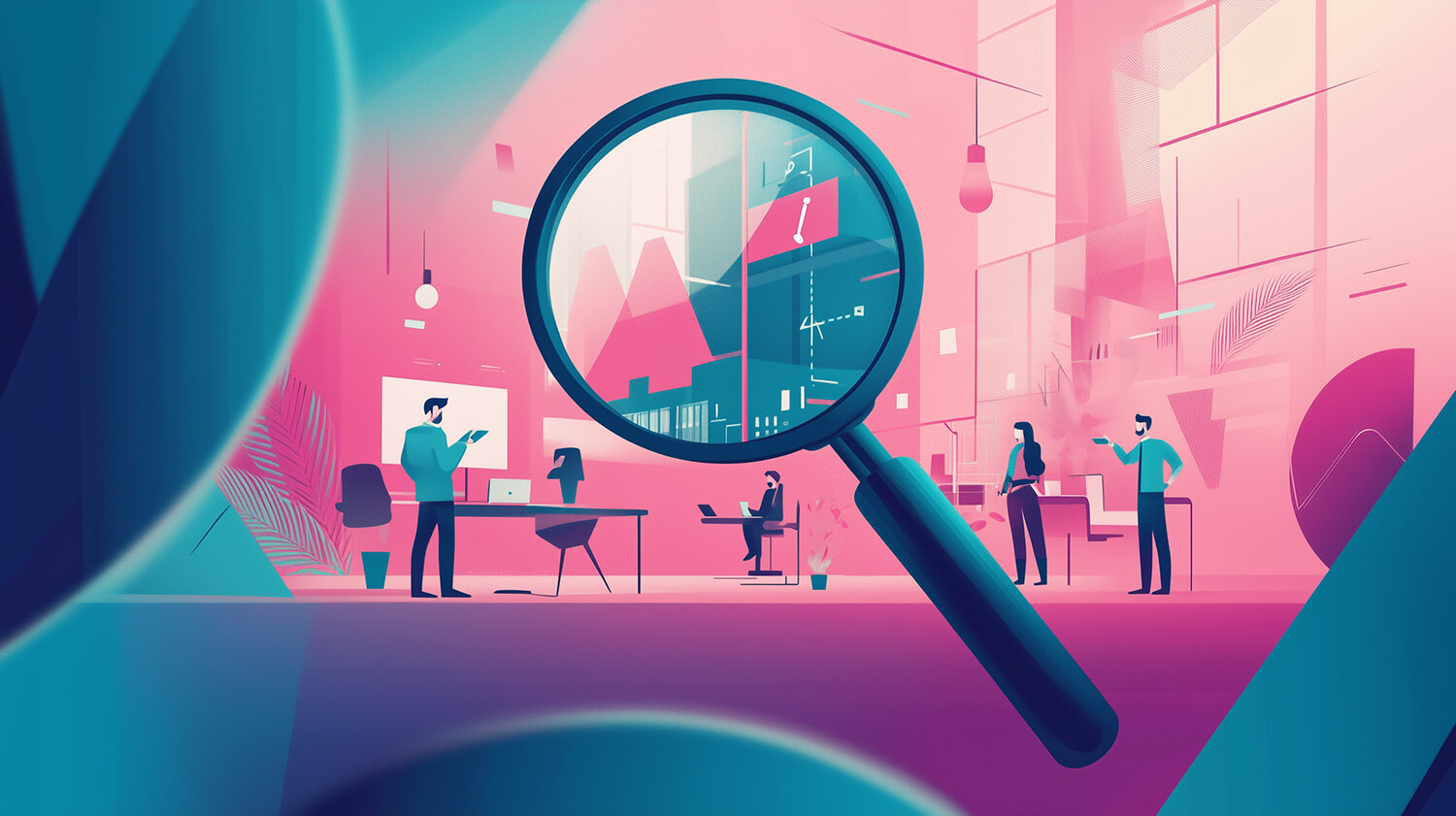How design thinking gives you competitive advantage
Standing out from the competition is more challenging than ever. It’s not enough to offer a good product or service; you need competitive advantage that makes your offer both sustainable and difficult to replicate.
It’s well known that research shows that organisations that invest in design thinking skills and approaches are not only able to solve problems creatively, they also benefit from a durable competitive advantage that helps them stay ahead in the long term. But many businesses are yet to adopt these practices.
So, in our third and final design thinking tips blog, we thought we would share our team’s insights on how design thinking can help give you durable competitive advantage, and the difference that can make.
What is a durable competitive advantage?
A durable competitive advantage is hard for your competitors to replicate. It goes beyond having a unique product or service. It’s about having an edge rooted in something deeper that they can’t easily copy. In essence, it’s your secret weapon.
For businesses, this advantage comes from understanding your customers so deeply that you can craft solutions that not only meet their needs right now, but also help anticipate new and emerging needs. Having the time, tools and mindsets to gain this type of deep understanding can be tricky for organisations. Those who do this well use human-centred design principles to uncover their customers’ needs and create competitive advantage
How does human-centred design create a durable competitive advantage?
➡️ Insights that your competitors can’t copy
At the heart of design thinking is empathy – the ability to understand your end users’ needs, desires, and pain points through a research-driven and deeply insightful process. When you can bring new futures into being based on unique, well-researched insights into the experiences of your users, you’re creating something that’s hard to imitate.
Your competitors may copy your product or service, but they won’t have access to the insights that drove its creation. That’s what makes your strategy, positioning, product, or experience truly unique.
➡️ Innovation based on user experience, not trends
Many businesses follow trends, which often leads to a race to the bottom as companies churn out similar offerings at more competitive prices.
Design thinking, on the other hand, is about innovating from a place of real user understanding. It’s not about jumping on the latest bandwagon. It’s about anticipating what your customers will need next and creating solutions that resonate on a much deeper level.
When competitors follow suit, they’ll be behind the curve – reacting to what you’ve already anticipated.
➡️ Ability to pivot with confidence
Design thinking helps you stay agile. In a highly competitive environment, your ability to use fresh insights will allow you to evolve or even pivot your products, services and strategies quickly.
If your competitors were copying these, they might succeed in the short term. But as you continue to evolve based on unique insights, they won’t know how to keep up. This is because they won’t understand the ‘why’ behind your changes. They can copy the ‘what,’ but they can’t take it further successfully without that deeper understanding.
This gives you the power to adapt, innovate, and stay ahead, even as the marketplace shifts.
➡️ A differentiated brand experience
Brands that use design thinking create experiences that truly resonate with customers.
These are not just surface-level fixes, but deeply meaningful innovations that improve the customer experience at every touchpoint. Your brand becomes more than just a product or service. It becomes an experience that aligns with your customers’ values, needs, and aspirations.
This emotional connection makes it much harder for competitors to replicate your success. When a brand has created a truly differentiated experience based on deep user insights, it’s far more challenging to mimic – giving you a long-lasting competitive edge.
➡️ Long-term, sustainable success
Design thinking focuses on creating value not just for today, but for the future. It’s about solving current problems while also anticipating future challenges and opportunities.
By consistently delivering innovative solutions based on evolving insights, you build a foundation for long-term success. This sustainability is what makes your competitive advantage durable.
Competitors can imitate products and services, but they can’t anticipate the future in the same way you can when you’re constantly evolving from a place of deep insight.

Real insights create real advantage
Here’s how two familiar consumer brands used this approach to build lasting advantage:
Airbnb: From functionality to emotional connection
In Airbnb’s early days, the platform worked just fine. But bookings were slow, and growth was stalling. The turning point came when the founders stopped looking at the business from a distance, and started living like users. They visited hosts, stayed in homes, and experienced the product firsthand.
What they discovered wasn’t a technical flaw, it was emotional. Poor-quality photos made listings look uninviting and untrustworthy. So they rented a camera and took professional shots themselves. Bookings soared almost overnight.
What started as a fix evolved into a core part of Airbnb’s offer, and helped shift perceptions of the brand from DIY travel to design-conscious global hospitality. That insight, grounded in empathy, created a competitive edge that competitors couldn’t copy with code alone.
After upgrading photos, Airbnb listings saw bookings increase by 2–3× and revenue per property jump by up to 20% — all before the company had raised major funding or scaled its tech stack. (Source – Fast Company)
Peloton: Designing for motivation, not just movement
Peloton could have positioned itself as just another exercise bike brand. Instead, its success lies in a deeper insight: people don’t struggle with what to do — they struggle with staying motivated to do it.
By understanding the emotional drivers behind fitness (accountability, competition, community), Peloton designed a service that taps into real human needs. Instructors offer encouragement in real time. Leaderboards add social energy. And the experience becomes about far more than physical health — it becomes a daily ritual people love.
This wasn’t just a product decision, it was a strategic one. It’s what turned an equipment company into a fitness media powerhouse, with a loyal, global following.
By 2020, Peloton’s member retention rate hit 92%, far surpassing traditional gym and fitness app averages — a direct result of their emotionally sticky, insight-led design. (Source: Subscription Insider).
Create durable competitive advantage for your business
We offer expert-led design thinking and innovation training programmes that will equip your teams with the skills and mindsets that will help your business stay ahead of the competition.



